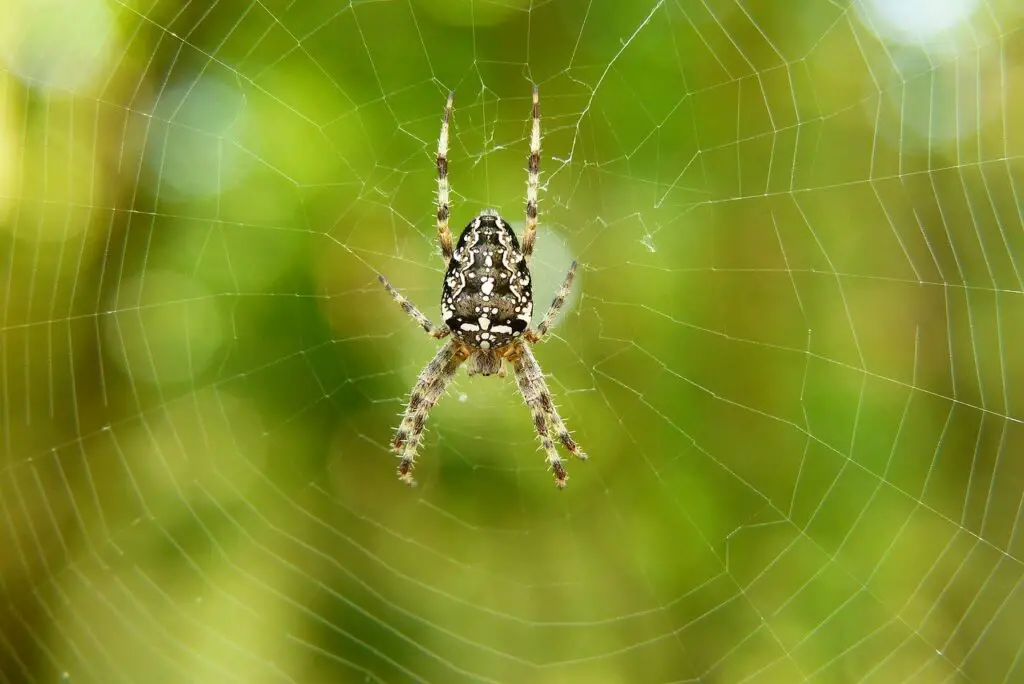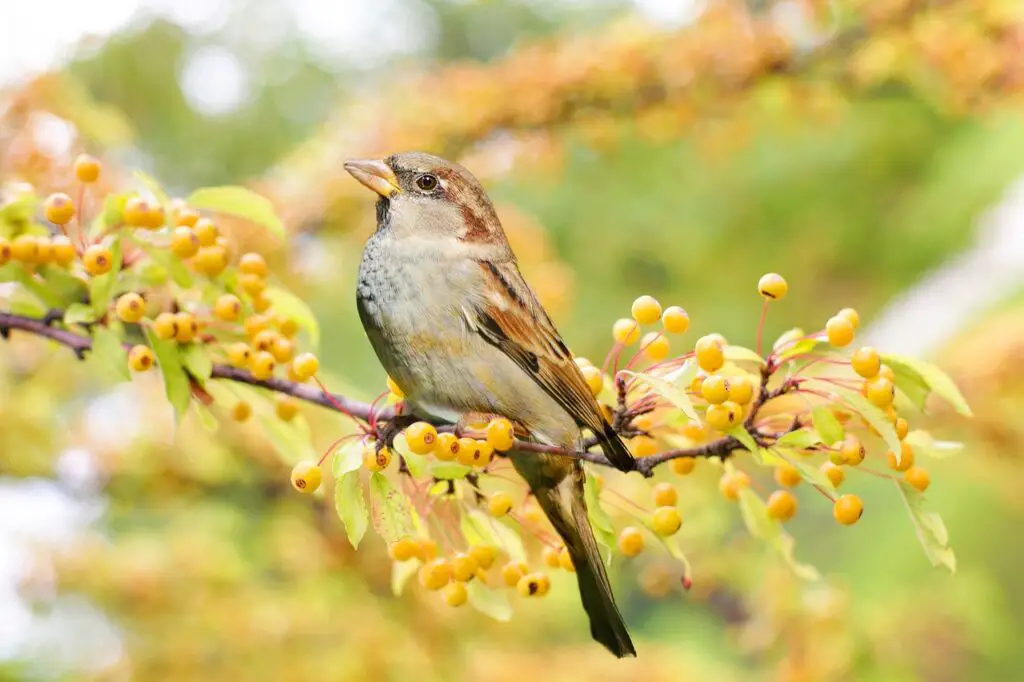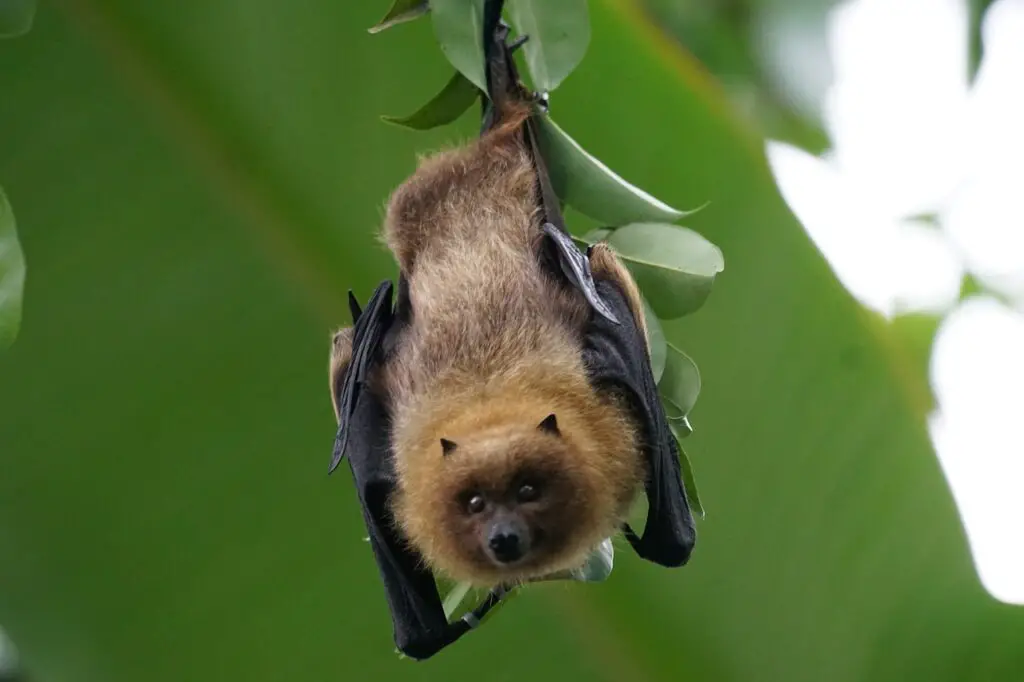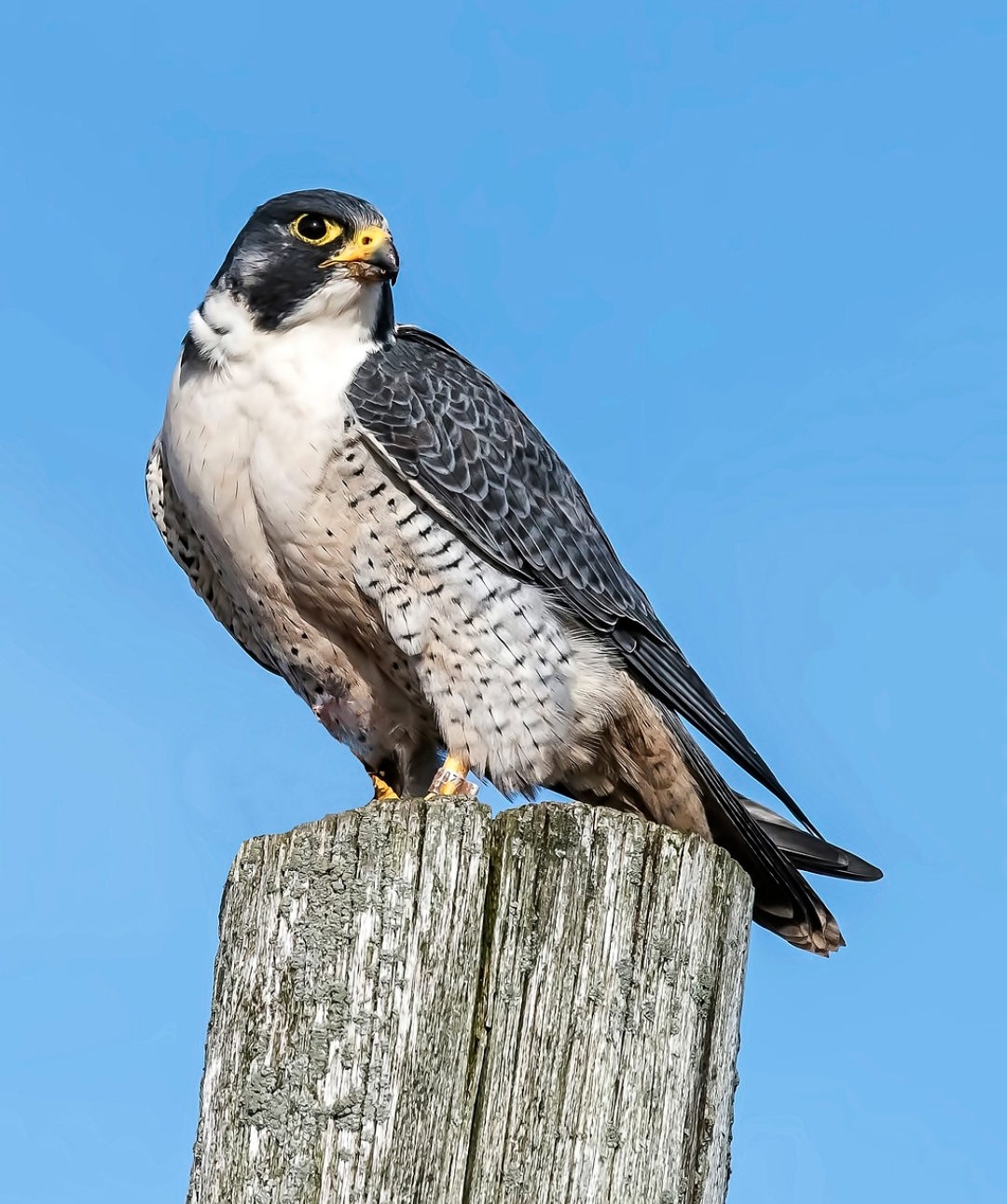Our planet is a living museum, each corner brimming with creatures and plants that defy expectations. It’s easy to get lost in the grandeur of elephants or whales, but the quiet, lesser-known stories of evolution are often the most astonishing. Here are 25 facts about some of Earth’s most remarkable yet overlooked species:
1. Common Chicken:

Today’s chicken is a distant echo of its ancestor, the Red Junglefowl. Originally a bird of the trees, capable of flight, it was tamed by humans not for food, but for the brutality of cockfights.
2. Wild Oats:
Some wild oat species have evolved an astonishing way to sow their own seeds. Their appendages, called awns, wriggle and flex to “walk” the seeds across the ground to the best place for growth—a silent, subtle movement hidden in the fields.
3. Death Camas:
Toxic to nearly everything, the Death Camas plant has just one pollinator brave enough to risk its deadly grip: a specialist mining bee that laughs in the face of plant toxins.
4. Nocturnal Ground Parrot:
After being lost to the world for nearly a century, the elusive Australian Nocturnal Ground Parrot was rediscovered. With less than 250 left, it’s a bird on the knife’s edge of extinction.
5. Diabolical Ironclad Beetle:
This beetle’s exoskeleton is so tough it’s been run over by cars and survived. In fact, researchers need to drill into it to study its anatomy, making it a nightmare for both predators and entomologists alike.
6. Mating Plug in Spiders:

Some male spiders take things into their own hands, sealing up a female’s reproductive tract with a “mating plug.” But in a twist, female L. mariana spiders can use their secretions to dissolve it, allowing them to make the final call on their partner.
7. Mangalitsa Pig:
At first glance, it’s a sheep, but no, this woolly wonder is a pig. Known for its rich, fatty meat, the Mangalitsa is like the Wagyu of pork, prized for its intense marbling and flavor.
8. New Species Discovery:
Every year, scientists stumble upon about 18,000 new species, mostly microorganisms. Imagine what we haven’t found yet!
9. House Sparrow:

Despite its innocuous appearance, the House Sparrow is an invader. It’s conquered almost every corner of the world and can wreak havoc on native species by muscling them out of their own ecosystems.
10. Carolina Parakeet:
The eastern U.S. once had its own native parrot, the Carolina Parakeet, until humans, in their characteristic fashion, hunted it into extinction by 1918.
11. Thames Sharks:
Believe it or not, the murky waters of London’s Thames River hide five species of sharks. Among them is the Spiny Dogfish, armed with venomous spines to defend against threats. Who said the city’s wildlife wasn’t wild?
12. New Zealand Mammals:
Before humans arrived, the only land mammals in New Zealand were bats. In their absence, birds like the kiwi and kakapo ruled the land, evolving into some of the strangest and most unique species on Earth.
13. Domesticated Rabbits:
The rabbit in your garden isn’t just a tame version of its wild cousin. It’s evolved so far from the wild European rabbit that they are now separate species.
14. Praying Mantises:

These alien-like predators might seem like endangered rarities, but they are actually thriving and far from protected by any conservation laws.
15. Darwin’s Bark Spider:
Yes, spiders engage in oral sex too. Darwin’s bark spider uses this strange courtship ritual, suggesting that sex is far more complicated (and universal) than we thought.
16. Bird Hybridization:
Birds are breaking the rules of biology. About 16% of bird species hybridize, with the mallard duck famously cross-breeding with over 40 other bird species. So much for tidy taxonomies.
17. Clams’ Reproduction:
Some clams defy genetics. Through a process called androgenesis, they pass on only the father’s DNA, ignoring the mother’s entirely. It’s a baffling act of genetic theft.
18. Eumillipes:
Discovered in 2020, Eumillipes millipedes live up to their name with over 1,300 legs—the most of any known creature on Earth. How do they even manage all those feet?
19. Bat Songs:

Bats aren’t just the world’s blind hunters—they’re singers, too. Many species produce complex songs, using them for territory defense and communication, just like birds.
20. Schomburgk’s Deer:
The extinction of Schomburgk’s deer was sealed by a single foolish act: the last one was killed by a drunk man in 1938. Sometimes, the end of a species is as tragic as it is absurd.
21. Lake Tanganyika:
This ancient African lake is home to more than 300 fish species, 95% of which exist nowhere else. Its vibrant cichlid population is a living example of evolution in action.
22. Rare Snail Shells:
Most snail shells spiral to the right, but rare left-spiraling ones—sinistral shells—are highly prized by collectors, turning nature’s oddities into coveted treasures.
23. Madagascan Hawkmoth:
Darwin predicted its existence long before it was discovered in 1903. With a 30-centimeter proboscis, this moth is the perfect match for Madagascar’s deep-throated orchids.
24. Australian Native Bees:
Australia’s bees are an odd bunch. None of them are true honey producers, and the ones that do make honey barely create enough to taste. But what little they make is considered a rare and luxurious delicacy.
25. Predator Eye Color:

Predators with light-colored eyes, like lions, are stalkers, needing to blend into their surroundings. Dark-eyed predators, like cheetahs, are sprinters, charging headlong after prey without hesitation.
The fantastic diversity of life on Earth keeps finding ways to broaden our horizons of understanding about what’s in it and never fails to remind us that nature has a lot of surprises up its sleeve. As we go through our daily routines, thousands more species, plant and animal alike, are scrapping for their lives, adapting in incredible ways to the circumstances presented to them. Each of them, from the small insects to the largest mammal, holds a story that can be written based on evolution-the unseen and unheard. These little creatures live their own epic stories with many twists and turns, speaking to the world that says it’s very much more complex and intertwined than what we can think of.





2 thoughts on “25 Fascinating Facts About Nature That Will Change The Way You See The World!”